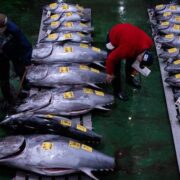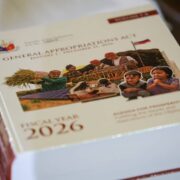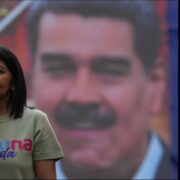OrmoKaon!: A celebration of health, nutrition, and the fight to end hunger
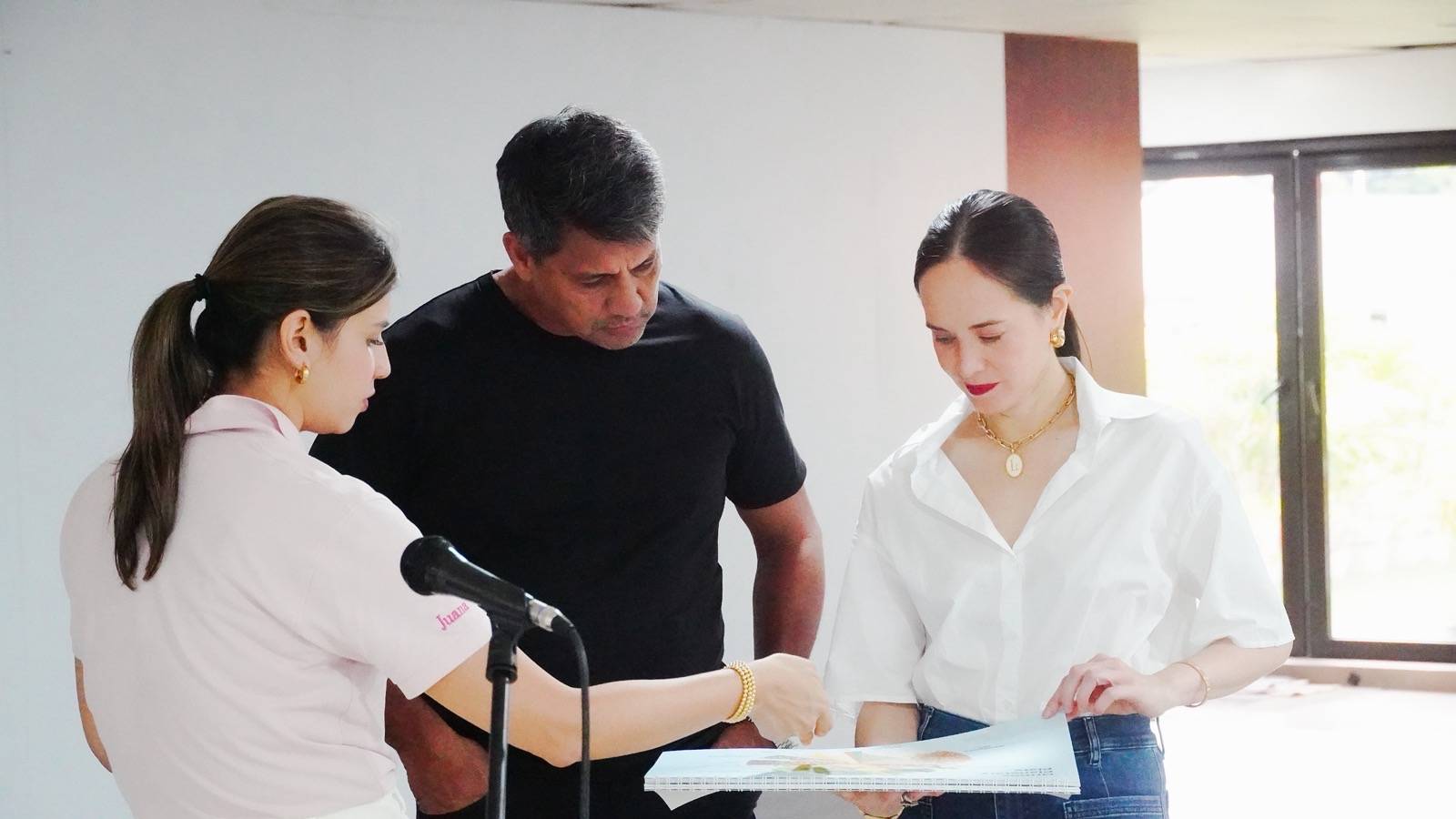
I recently had the privilege of working with Mayor Lucy Torres Gomez in launching the OrmoKaon! Program in Ormoc City, Leyte. I have known Lucy since I was 13, when I attended her star-studded wedding to Richard Gomez in Ormoc.
Back then, the name Ormoc was only familiar to me, as it had been struck typhoon Uring, which caused massive damage. I remember our school putting donations together for the typhoon victims—sending things away to help people in a place I did not know anything about. Fast forward to then Mayor Richard Gomez’s term, where he cleaned up Ormoc, freeing it from drugs and crime. Today, as I go around Ormoc, the guides point out a well-lit boardwalk where families enjoy the sunset, and tell me that it was once an unsafe area after dark.
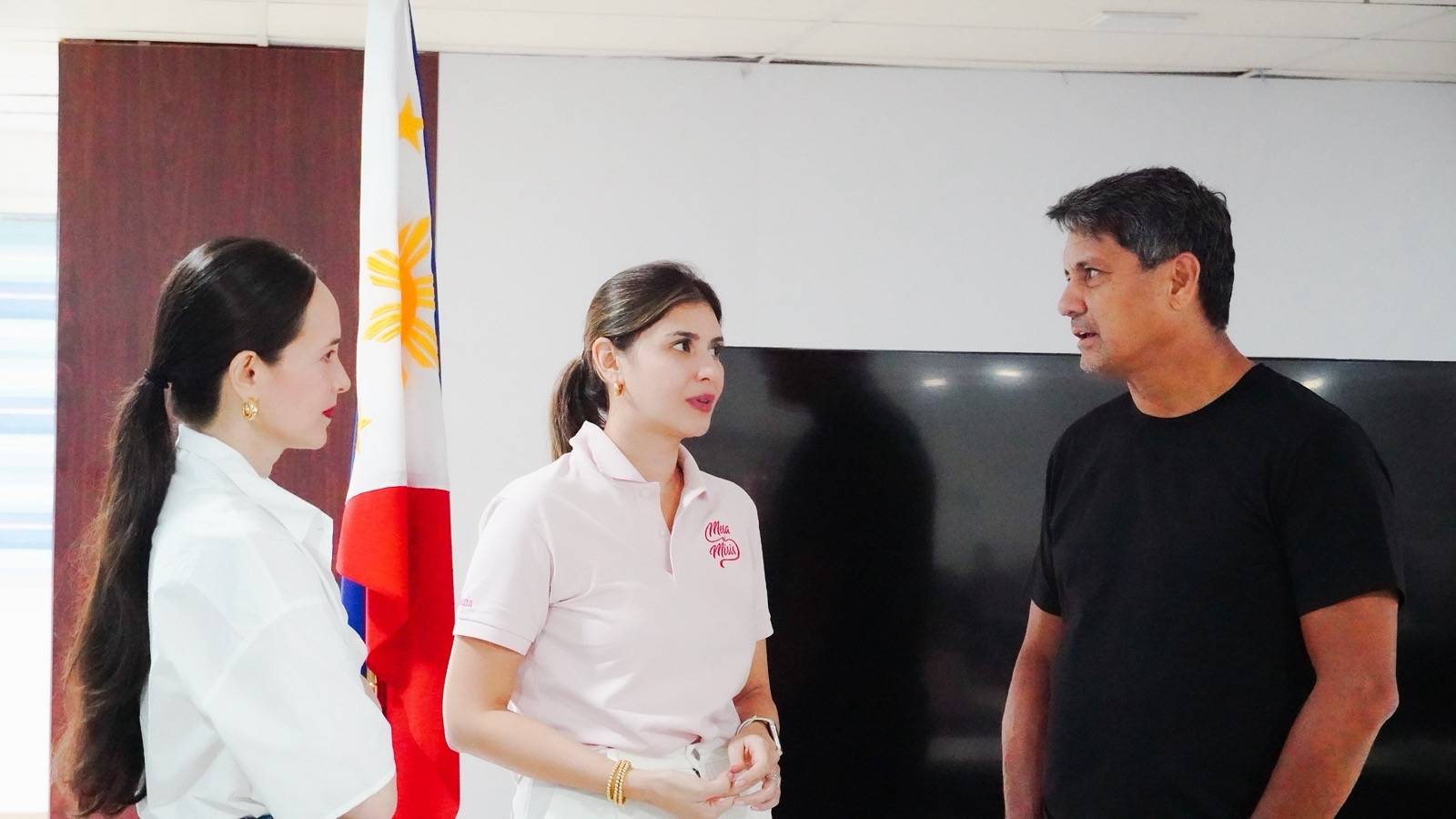
The Gomez administration has put a lot of emphasis on health and wellness. In the City Hall, from 3 to 4 p.m., each day is wellness hour, where employees must walk around the building. Some were dressed in workout wear, while others were enjoying Zumba or table tennis—provided by the LGU.
Each year for nutrition month, activities held across the city include yoga, meditation, mindfulness, and of course, healthy cooking. Their sports facilities are even better than those that are available to the public in Manila! They have a field and oval, fencing hall, and several tennis courts, dotted around the city, and a skate park that is open to the public.
Walang gutom sa mesa ni misis
This year, together with the ongoing program of DSWD—the Walang Gutom Program—Mayor Lucy asked me to come back to Ormoc to teach the beneficiaries about healthy cooking. The Walang Gutom program is the government’s food stamp program, through which beneficiaries, the country’s indigent population, receive a certain amount to spend on food. My task was to create recipes that are healthy and affordable and to be able to teach this to people.

In keeping with the mission of Mesa ni Misis to always use locally sourced ingredients, I worked with the City Agriculture office to determine what vegetables, fish, meat, fruits were most available at the time of my visit.
Ormoc’s topography is unique in that it has mountains on one side, and the sea on the other. Its high areas are capable of abundantly growing Chinese cabbage (also known as Baguio pechay), tomatoes, eggplants, okra, and bell peppers. As for their ocean bounty, they have abundant shellfish—including one called imbao, which I can only describe as the xia long bao of the sea, due to its fat shell meat that is juicy when bitten into.
There are of course, the bahay kubo vegetables, which so many have in their backyard. They are so familiar with eating and including them in all their meals, too! My hope is that I would be able to teach them new ways of enjoying their vegetables.
OrmoKaon!: What Ormoc has to offer
It is always daunting to talk to a crowd about nutrition, especially knowing that they are part of a program that aims to lessen their hunger. There were many times during the trip where I struggled to think of what would be appropriate to talk about, or what to even say. I did not want to burden anyone with too much information. I just wanted them to be able to try something tasty and healthy. I even had several moments when everything I ever learned in school just flew out the window, and didn’t matter.
All that mattered was what food I had in front of me, what food could be available to the Ormocanons, and what magic I could whip up.
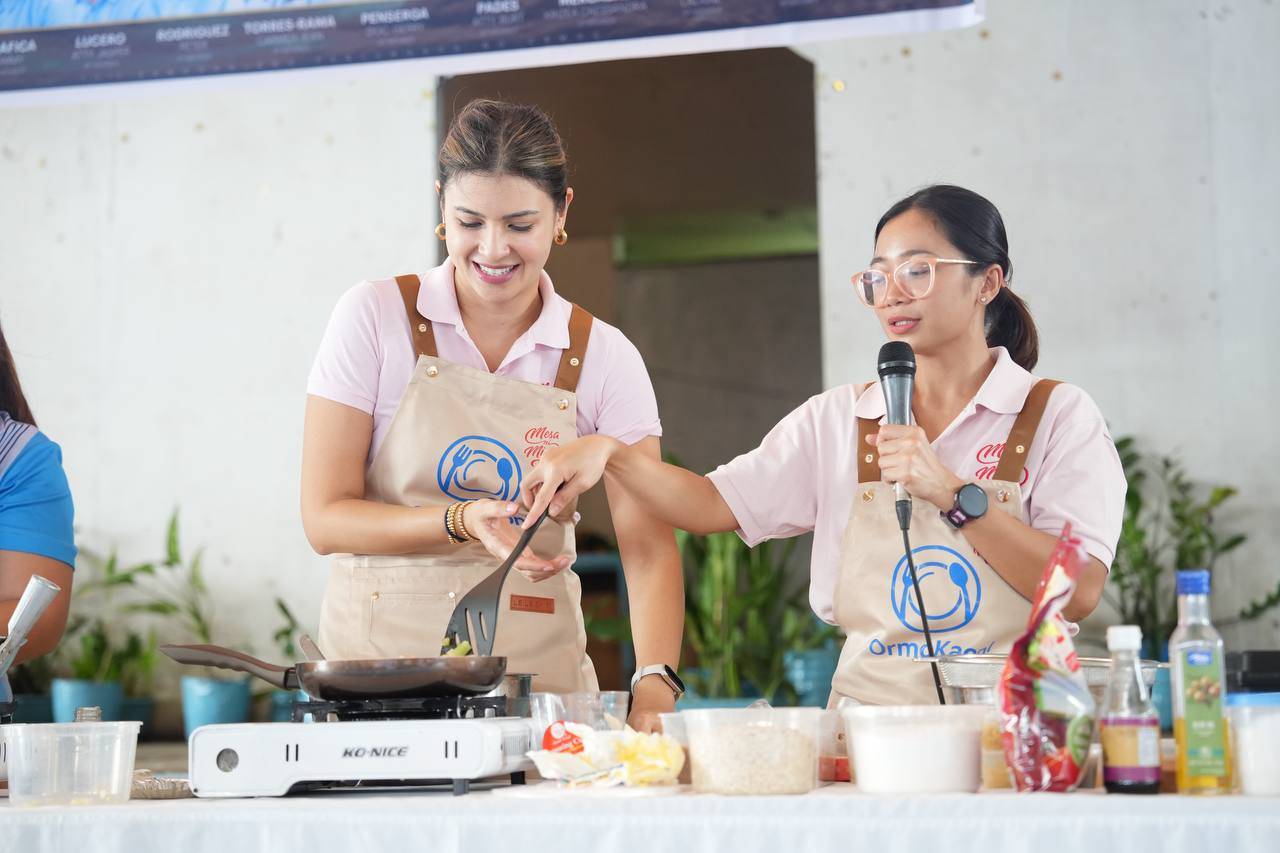
Visiting the local markets is always where I visit first when I’m at a new place—to see what is readily available. In the course of planning my menus, I found that beans, which I always include, are hard to come by in Ormoc, save for monggo. I always believe that the food that is near you is what you are supposed to eat. And given its proximity to the ocean and affordability of seafood, Ormocanons can source protein from the ocean instead of the usual legumes that I recommend to vary the diet.
Next, I found that Ormoc produces a lot of ampalaya and okra. This is perfect to counter the sweet tooth that they have, as both okra and ampalaya are beneficial in lowering blood sugar.
Together with the City Agricultural office, we found that vendors at the market were willing to give away their “ugly” non-marketable vegetables at the end of the day, especially tomatoes. I used these tomatoes to teach the beneficiaries about making tomato sauce that could easily be stored.
It is only in Ormoc that I have seen wombok (Baguio petchay) as big as the ones I’ve seen in Seoul’s markets, with the leaves still big and green. Most of the time, we find pale green to white wombok here, as the outer leaves do not survive the trip to Manila. I thought it would be very fitting to create an Ormoc-based kimchi, using ginamos—a liquid bagoong, as the fermented fish component for kimchi.
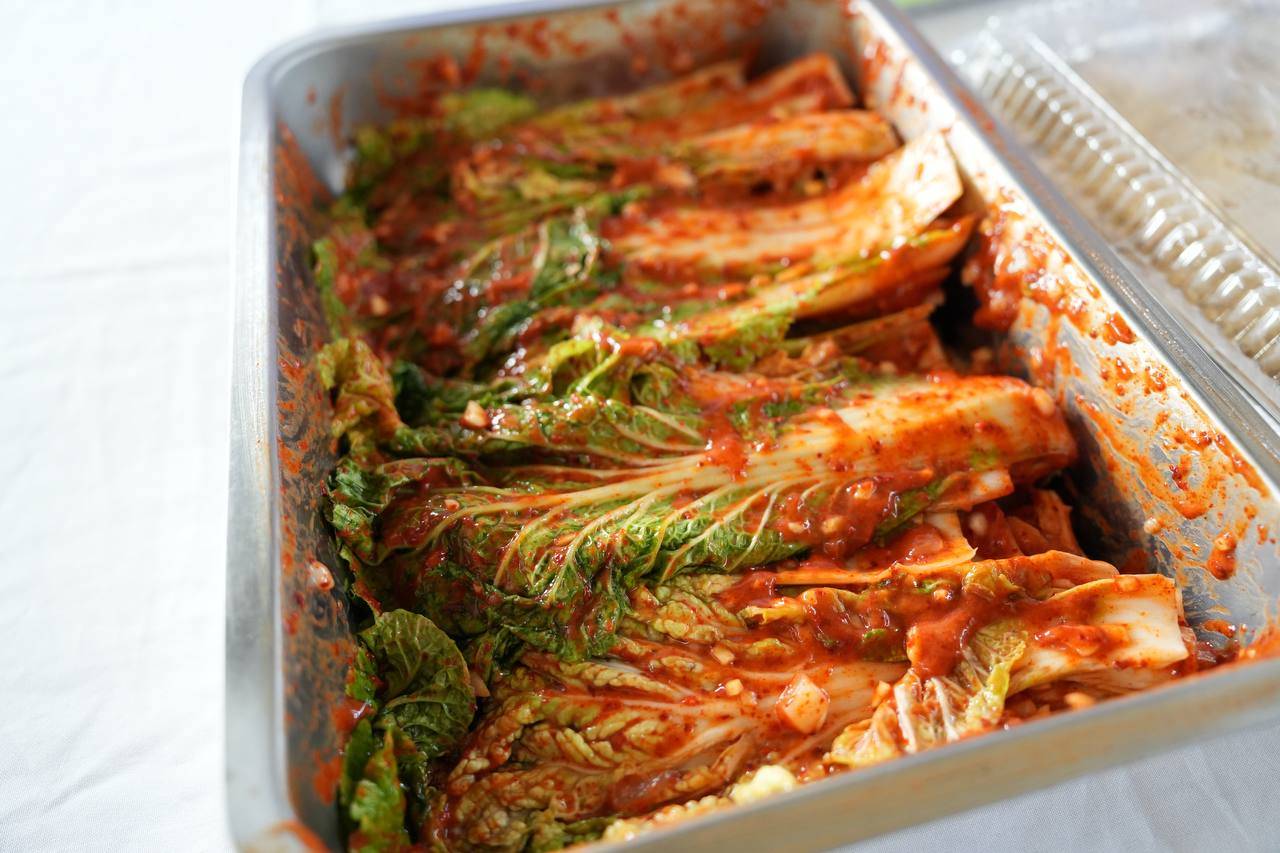

Ormoc also produces lots of peppers, which I thought would be perfect in making their own bacalao. With mayor Lucy’s guidance, we used a dried fish called unga unga as the base, together with the bell peppers from the nearby plantations, as well as the sauce we made from the unmarketable produce.
Each town has its own food story to tell based on what is locally available. And “OrmoKaon!” is the first program I’ve done that truly highlights what is local and what fits the context of those who are consuming the food.
Learning about seasonality, what grows locally, and making use of what is cheap (and even free) are ways for everyone to be able to achieve a degree of food security. Diversifying your palate to adapt to what is in front of you or what is affordable—rather than opting for your default favourite—ensures a diverse diet for yourself, while keeping your budget in check.



